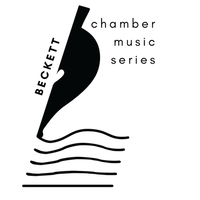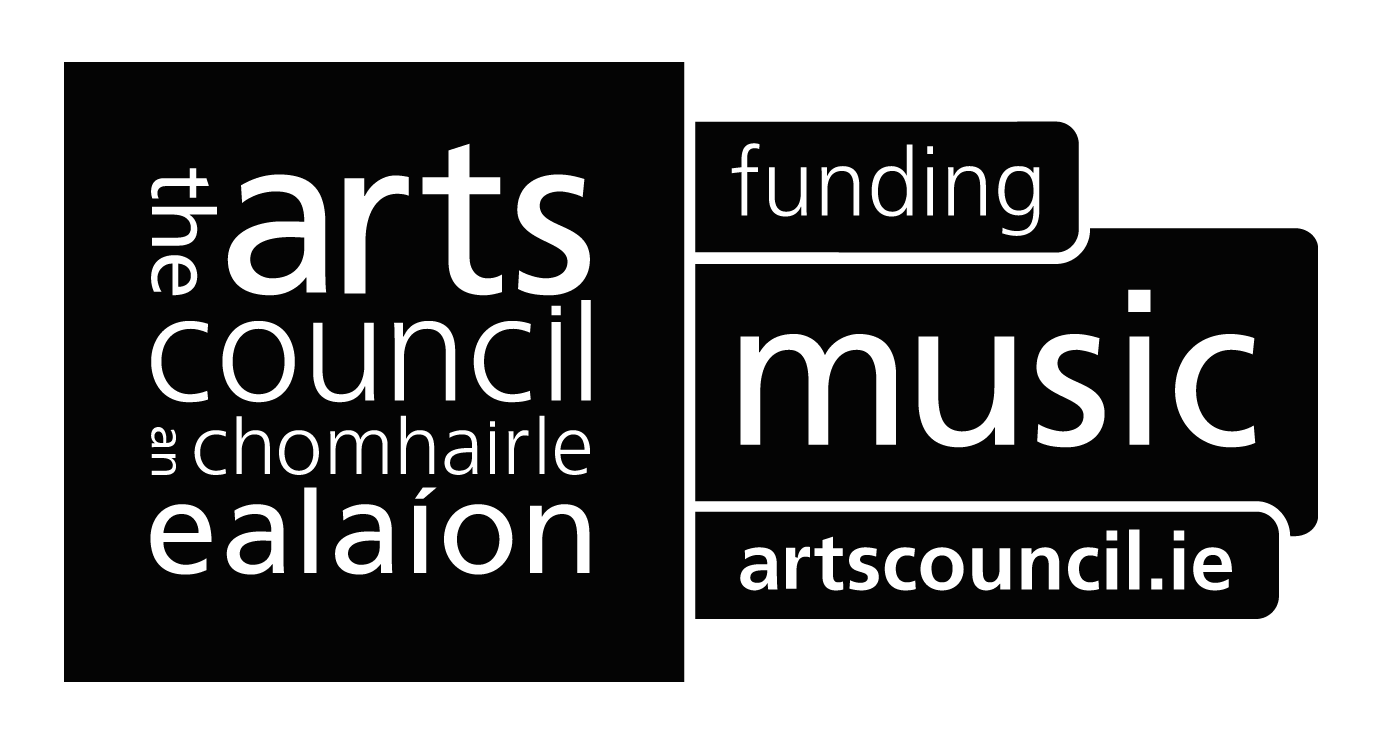Instrumentalising Folk Song
|
John F Larchet (1884–1967)
Irish Airs arr. for violin and piano (1917) Sebastian Adams (b. 1992) New Work for piano trio (2018) Frank Martin (1890–1974) Piano Trio sur des mélodies populaires irlandaises (1925) |
Sarah Sew violin
Yseult Cooper Stockdale cello Jonathan Morris piano |
Sunday 24 June 2018, 7pm
Smock Alley Theatre, Dublin
Boys' School Space
Smock Alley Theatre, Dublin
Boys' School Space
€15/€12 Instrumentalising Folk Song
€50/€45 Series Ticket (3 Concerts)
Tickets available at Smock Alley Box Office +353 1 677 0014
Online bookings incur a €1 booking fee
€50/€45 Series Ticket (3 Concerts)
Tickets available at Smock Alley Box Office +353 1 677 0014
Online bookings incur a €1 booking fee


